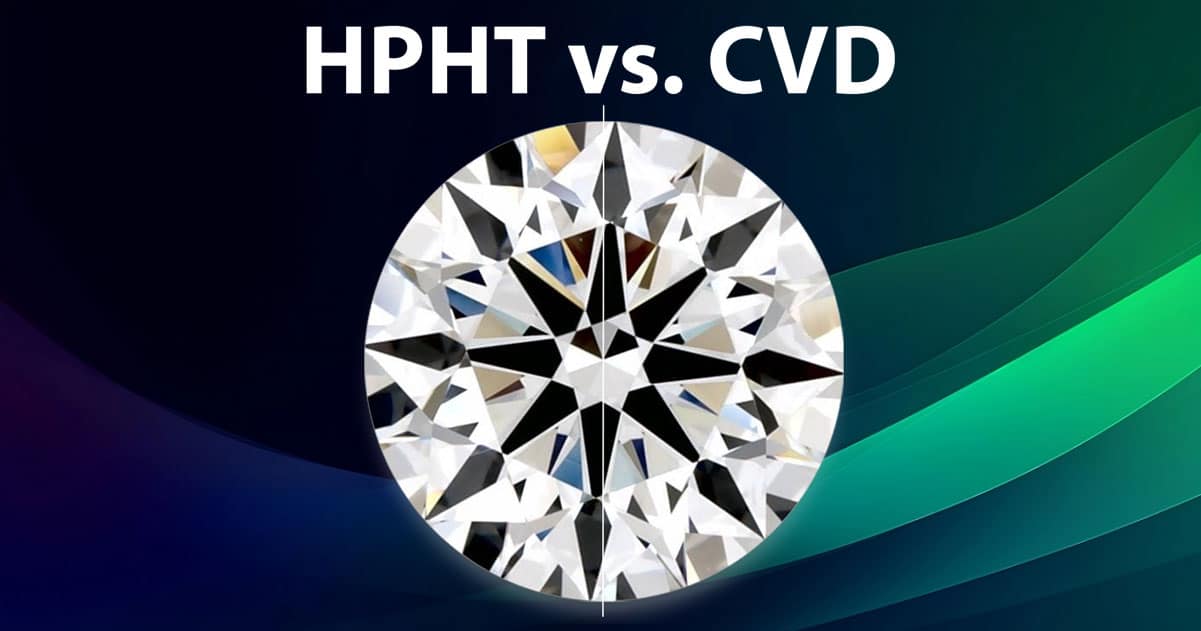
Diamonds have long been considered one of the rarest and most valuable gemstones in the world. For decades, the perception of diamonds as an extraordinarily rare commodity has shaped their desirability and high price tags. However, the reality is that mined diamonds are not as rare as many people believe. The diamond industry has cleverly cultivated the myth of scarcity to drive demand and maintain high prices. This article will explore why mined diamonds are not rare, shedding light on the factors that contribute to their widespread availability and challenging the long-held belief that they are a unique and scarce resource.
The Diamond Supply Chain and Its Impact on Scarcity
One of the main reasons that mined diamonds are not truly rare lies in the way the diamond supply chain is structured. While diamonds are naturally formed over millions of years deep beneath the Earth’s surface, they are not as scarce as the diamond industry would lead consumers to believe. The global diamond supply is controlled by a few large companies, such as De Beers, which manage the production and distribution of diamonds. By controlling the supply and limiting the availability of diamonds in the market, these companies create an illusion of scarcity, driving up prices. In reality, there are significant amounts of diamonds in the Earth’s crust, with more being discovered each year. The industry’s manipulation of supply creates the false perception that diamonds are rare when, in fact, they are not.
The Abundance of Mined Diamonds in the Earth’s Crust
Another reason mined diamonds are not as rare as they seem is that the Earth’s crust contains an abundant supply of diamonds. While it is true that diamonds form under specific geological conditions—high pressure and high temperature—these conditions are not as uncommon as once believed. Geologists have discovered vast diamond deposits in various parts of the world, including Canada, Russia, Botswana, and Australia. The Earth’s crust contains an estimated 1 quadrillion carats of diamonds, a number far beyond what is needed to meet global demand. As mining technology improves, more diamond deposits are being uncovered, revealing that diamonds are far from rare in the Earth’s crust.
The Role of Diamond Mining Companies in Creating Scarcity
The diamond industry has long used the concept of rarity to market diamonds as a symbol of luxury and exclusivity. Major diamond mining companies, such as De Beers, have strategically limited the supply of diamonds entering the market to create the illusion of scarcity. By restricting the flow of diamonds, these companies ensure that prices remain high and diamonds maintain their status as a luxury item. The reality, however, is that there are large quantities of diamonds available in nature, and the scarcity that drives high prices is artificially manufactured by these companies. The myth of rarity has been so successful that it continues to influence consumer behavior, despite the fact that mined diamonds are not as rare as they seem.
The Discovery of New Diamond Sources
Advancements in exploration and mining technologies have led to the discovery of new diamond sources around the world. As mining techniques have evolved, companies have been able to access previously untapped diamond deposits. For example, in recent years, significant diamond discoveries have been made in places like Canada’s Northwest Territories and Russia’s Yakutia region. These new sources contribute to the growing supply of diamonds, further debunking the idea that they are rare. In fact, the constant discovery of new diamond sources suggests that the perception of diamonds as rare may be more of a marketing strategy than a reflection of reality.
The Impact of Synthetic Diamonds on the Perception of Rarity
The rise of synthetic diamonds, also known as lab-grown diamonds, has further challenged the idea of mined diamonds being rare. Lab-grown diamonds are created using advanced technologies that replicate the conditions under which natural diamonds are formed. These diamonds are chemically and physically identical to mined diamonds but are produced in a much shorter time frame and with less environmental impact. The availability of lab-grown diamonds has opened up a new market for consumers who seek a more sustainable and affordable alternative to mined diamonds. The increasing production and acceptance of synthetic diamonds highlight the fact that lab made diamonds, in general, are not as rare as the diamond industry has led us to believe.
Economic Factors and the Market Value of Mined Diamonds
The value of mined diamonds is influenced by economic factors, including supply and demand, rather than their actual rarity. While diamonds may be abundant in the Earth’s crust, the market price of diamonds is driven by demand and the industry’s ability to control supply. The diamond industry has successfully convinced consumers that diamonds are rare and valuable, which drives demand and maintains high prices. However, this demand is not driven by the inherent rarity of diamonds, but by clever marketing and the creation of a perceived scarcity. As more consumers become aware of the true abundance of diamonds, the market may shift, and the inflated prices that have defined the diamond industry for decades could begin to decline.
The Environmental and Ethical Impacts of Mined Diamonds
In addition to the myth of rarity, there are significant environmental and ethical concerns associated with mined diamonds. Diamond mining is an energy-intensive process that can result in deforestation, habitat destruction, and pollution of surrounding ecosystems. Moreover, the extraction of diamonds can involve exploitative labor practices, particularly in conflict zones where diamonds are mined under dangerous and unethical conditions. The ethical and environmental impact of mined diamonds has led many consumers to question the value of purchasing them. As awareness of these issues grows, lab-grown diamonds, which do not contribute to these negative impacts, have become a popular alternative for those seeking both quality and responsibility in their diamond purchases.
The Future of Diamonds: Lab-Grown Alternatives and Market Shifts
As lab-grown diamonds continue to gain traction, the perception of mined diamonds as rare and valuable may continue to diminish. With advancements in technology, the ability to produce high-quality synthetic diamonds is increasing, making them more affordable and accessible to a wider range of consumers. As a result, lab-grown diamonds are expected to play a larger role in the future of the diamond industry. The growing demand for sustainable and ethical alternatives to mined diamonds suggests that the idea of rarity, once used to justify the high cost of mined diamonds, will become less relevant in the years to come. The shift toward lab-grown diamonds may eventually lead to a more transparent and responsible diamond market, where consumers are no longer influenced by the myths of scarcity that have defined the industry for so long.
Conclusion: Mined Diamonds Are Not as Rare as They Appear
In conclusion, the idea that mined diamonds are rare is a myth perpetuated by the diamond industry to maintain high prices and market dominance. While diamonds may be naturally formed under specific conditions, the Earth’s crust contains an abundant supply of diamonds, and new sources continue to be discovered. The role of diamond mining companies in controlling supply, combined with the rise of synthetic diamonds, has further challenged the notion of rarity. As consumers become more aware of the true abundance of diamonds, the market for mined diamonds may shift, and the inflated perception of their rarity will continue to fade. As the world moves toward more sustainable and ethical practices, lab-grown diamonds are emerging as the future of the diamond industry, offering consumers a more responsible and affordable alternative to mined diamonds.






